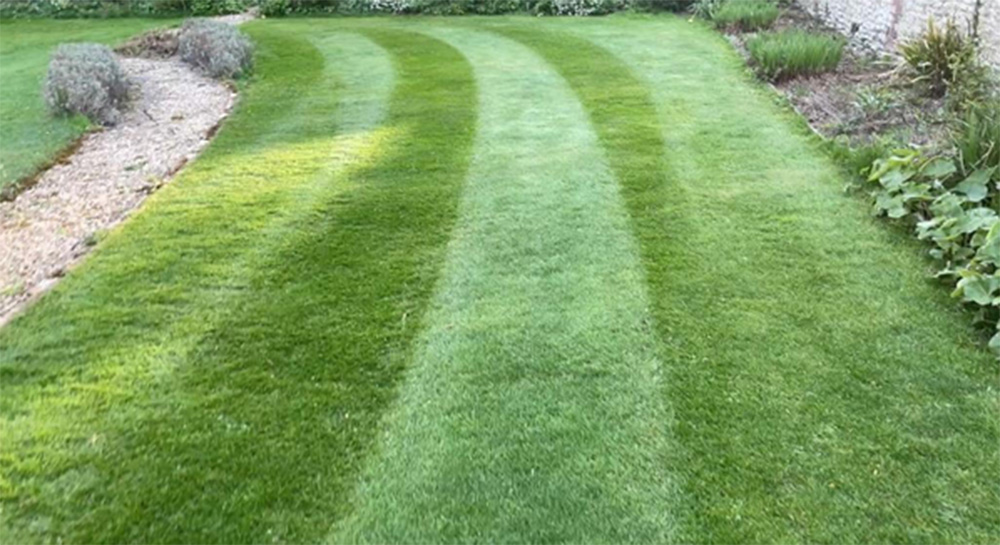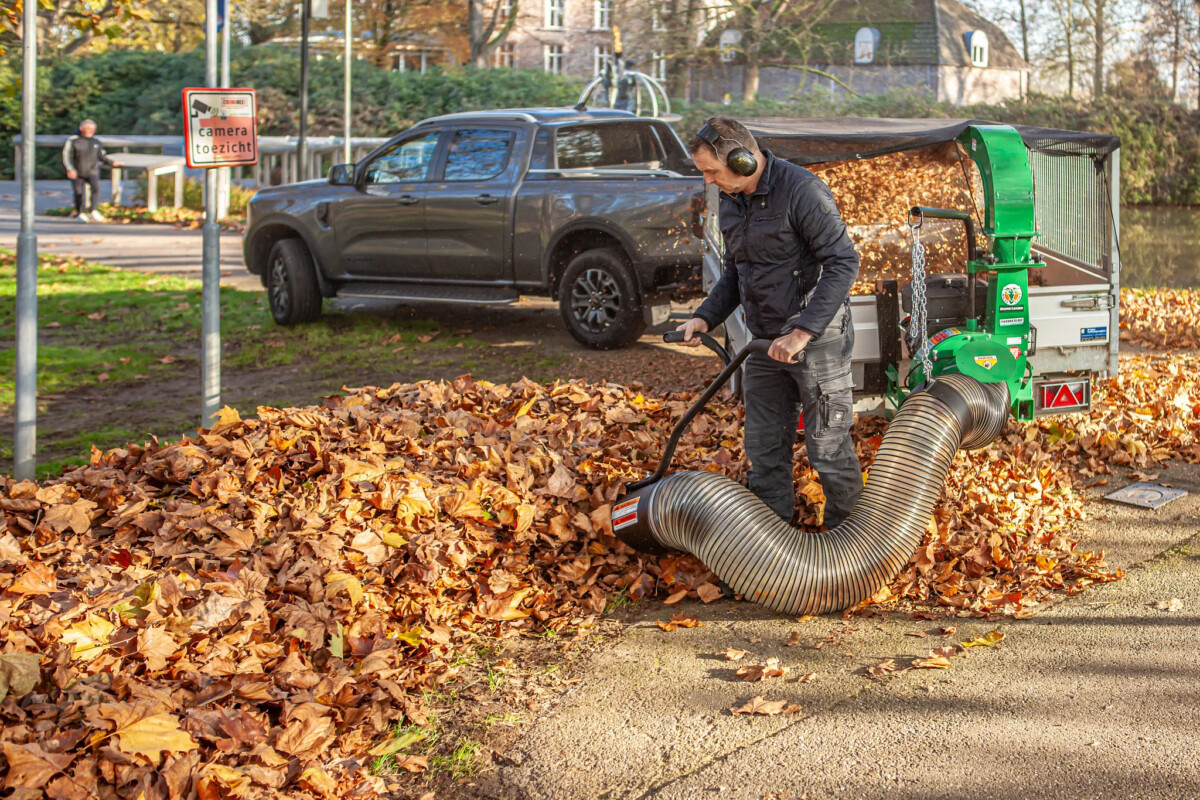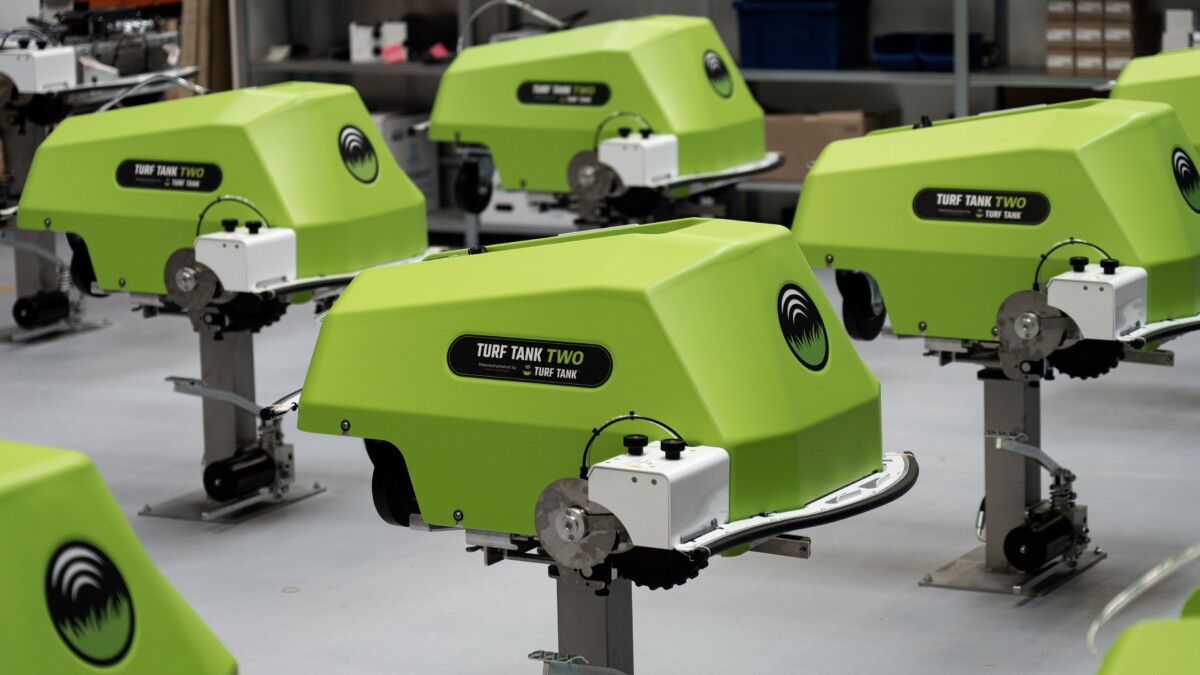Could grass intruder cause the trend of plastic carpet?: Look all around you and there is grass thriving everywhere – on road verges, in parks and on hillsides. And 40 years ago, it was the same in our gardens. Back then, your average lawn was an amazing thing. It might not always have been in tip-top condition, but it soldiered on, year after year.
So why do so many modern lawns fail? Why is failure almost built-in?

Could grass intruder cause the trend of plastic carpet?
Welcome to one of the biggest mistakes or cons in the history of lawn care.
The idea is brilliantly simple – sell a product you know will eventually fail, let the users blame themselves for not doing things right – and they’ll keep coming back to buy some more. And what is that product? Ryegrass; is a grass sold for its strength, its fast germination and its good colour. But ryegrass was never intended for lawns and wasn’t used in lawns before the 1990s. And it has NO place in them today.
Let me tell you about this ‘apparent ‘wonder grass…
Some say it is a native species, having been around since at least the 1600s. But back then this coarse perennial grass was sown and grown as cattle feed. Yes, you read that right! Fast-forward to the 1980s and some enterprising seed breeders created a much finer ryegrass specifically for use on winter sports grounds. It’s a tough grass, just what’s needed to cope with the rough and tumble of football.
Just ten or so years later, in the 1990s, this wonder grass suddenly starts to flood our gardens, added to our native fescue seed mixes. Hurrah, they cry, it’s just what gardeners have been asking for, a tough and fast-growing grass that can withstand the rigours of modern family living! And a drought-tolerant species too. That’s all true, but…
… it’s what they didn’t tell you that counts.
In the 1600s, farmers were sowing new ryegrass each and every year. And today the footie pitch maintenance crews are sowing new pitches each and every year. Because if they didn’t, they would soon have bare soil.
The science is really simple to understand. All grass plants have a finite life and need replacing. But our traditional grasses do most of that all by themselves. A brand new bent or fescue plant grown from seed will grow more plants (sideways) through shoots and stolons, and these in turn will grow more plants sideways, and so on – hence, a healthy native lawn is pretty much self-sustaining.
Ryegrass doesn’t do this. One plant is only ever one plant. When it dies, that’s it, no little baby grasses to carry on the family line. No, the only option is to go out and spend more money on more seed and start again.
That’s why the grass is killing your lawn
Keeping a ryegrass or majority ryegrass lawn thick and lush requires repeated reseeding. So, as your lawn starts to look thin and bare, you go off to buy some more of this “wonder grass” seed. Ker-ching go the shop tills, and up go the shareholder dividends as gardeners buy more grass seed than ever before.
So, avoid the ‘failure’ seed and buy instead what has always worked.
What about those hillsides, mountains, parks, road verges and all those houses pre-dating 1990? Why aren’t those grasses dying off each year? It’s because they are predominantly traditional British bents and fescues and other native species– the same grasses we always had in our lawns until the great ryegrass robbery took off.
Don’t let your lawn fail!
We need healthy living lawns. They oxygenate the air we breathe. They remove CO2. They support biodiversity. They play a key role in our collective battle to stop killing the world and everything that lives on it. Listen to what nature tells you!
And it’s so easy! All you have to do is read what it says on the packet. If the seed includes ryegrass, we’d suggest to put it back on the shelf.
For the latest industry news visit turfmatters.co.uk/news
Get all of the big headlines, pictures, opinions and videos on stories that matter to you.
Follow us on Twitter and Instagram for fun, fresh and engaging content.
You can also find us on Facebook for more of your must-see news, features, videos and pictures from Turf Matters.


























